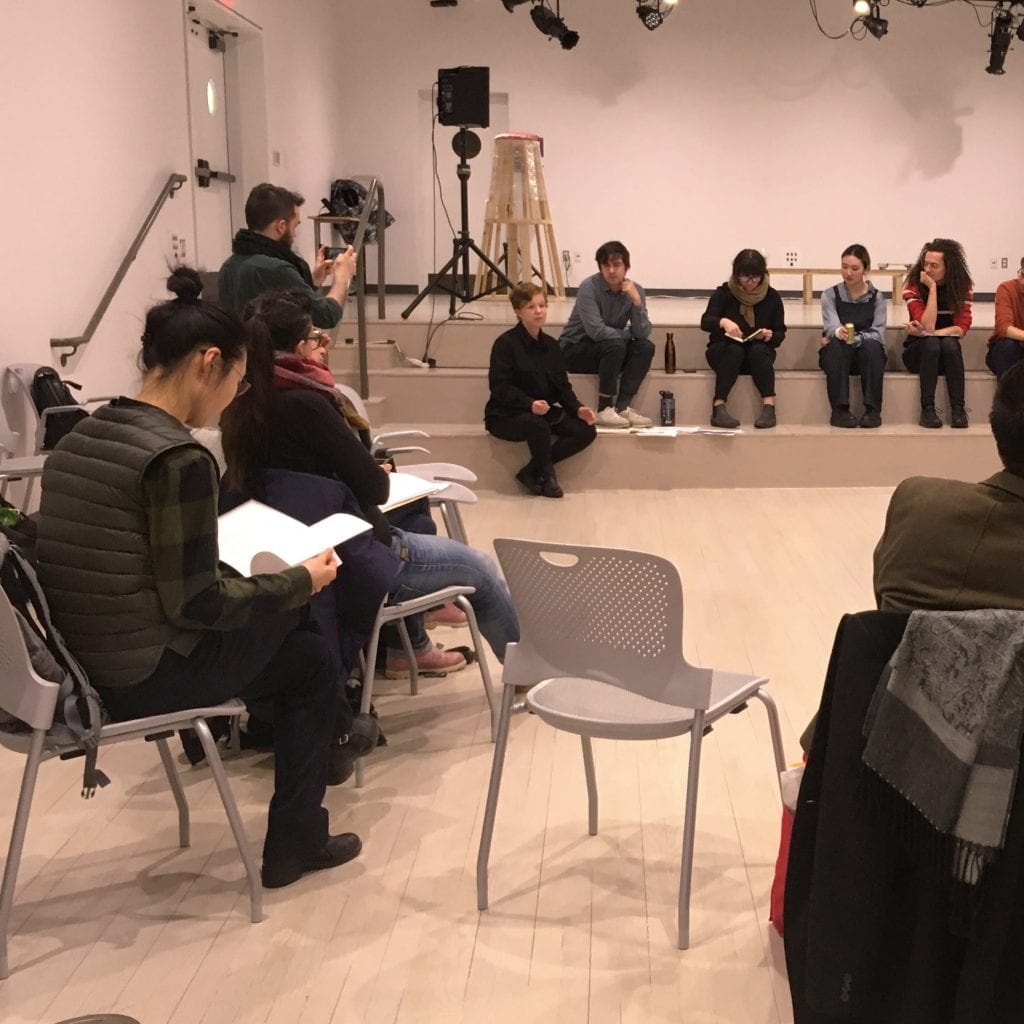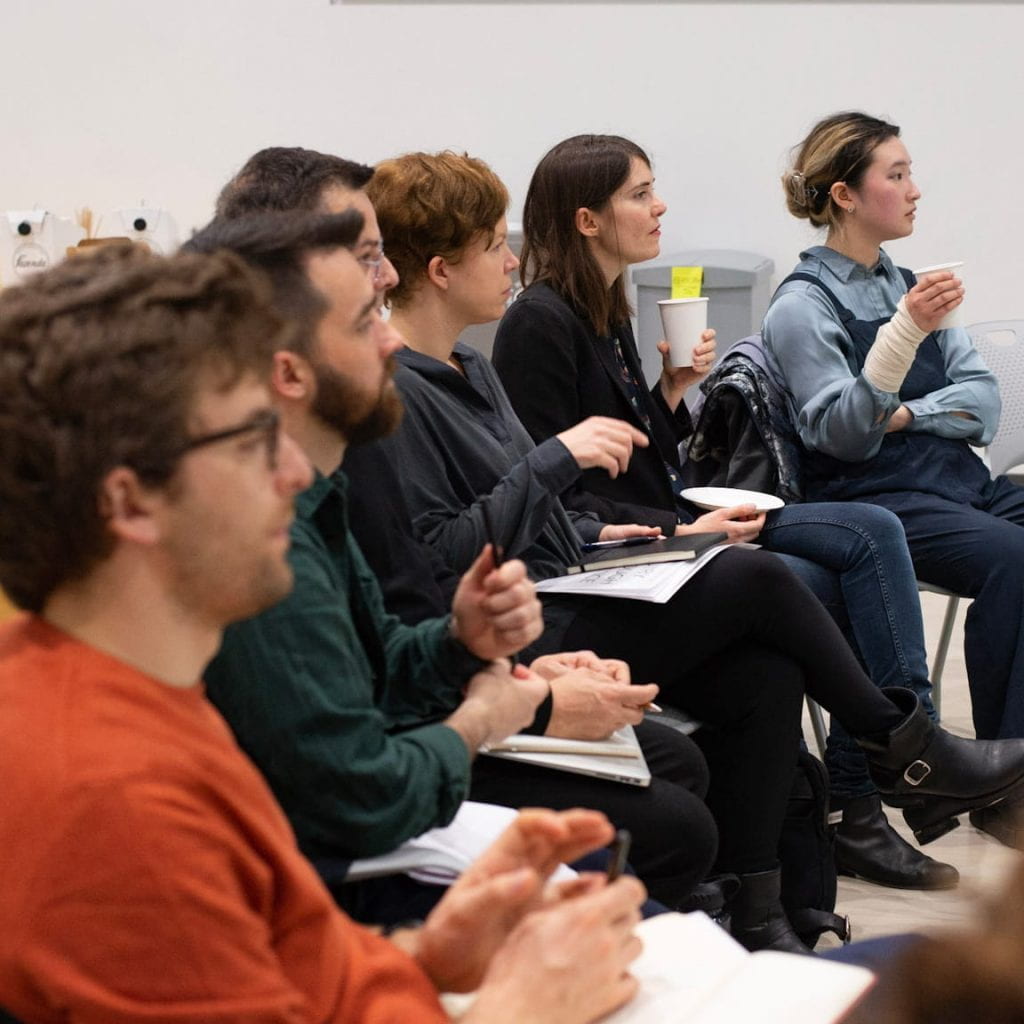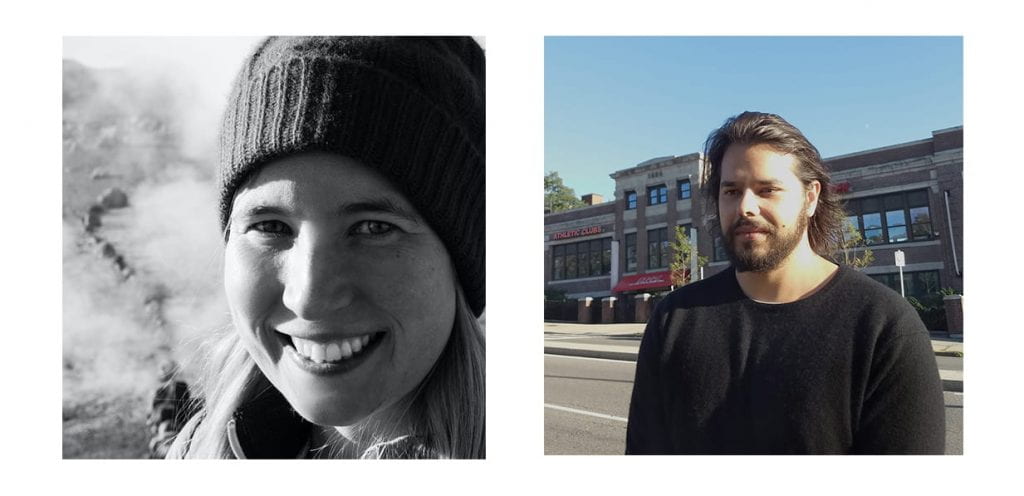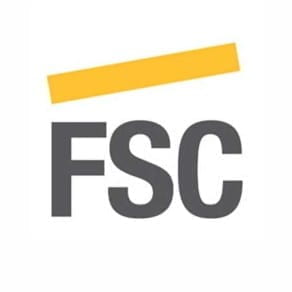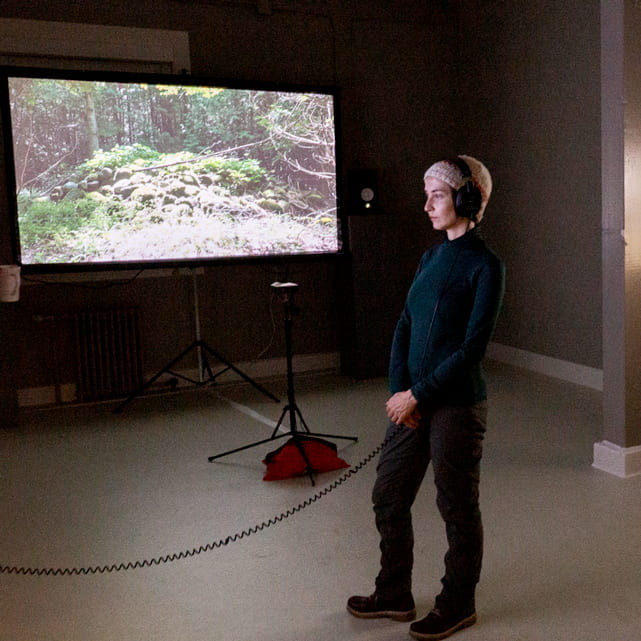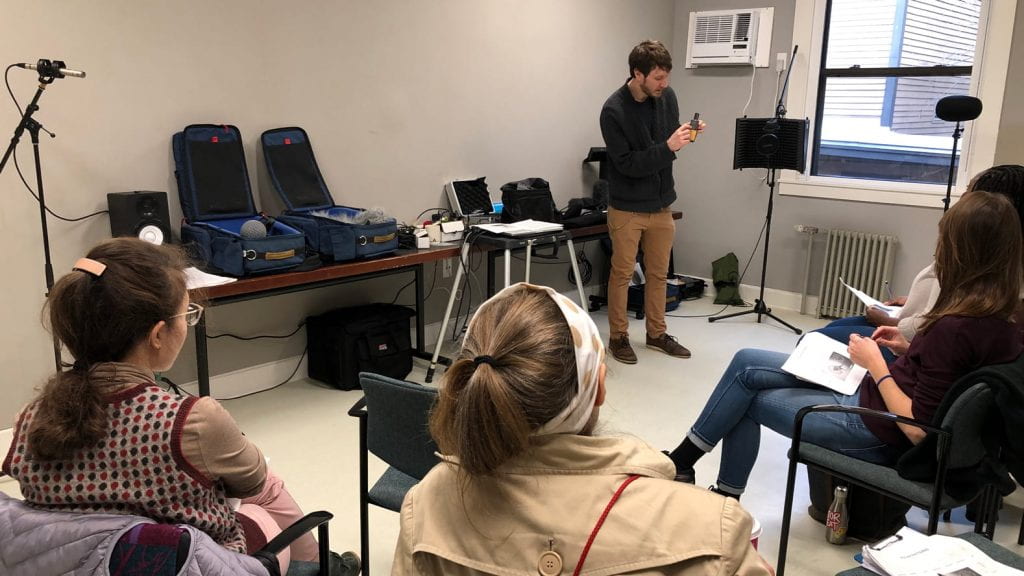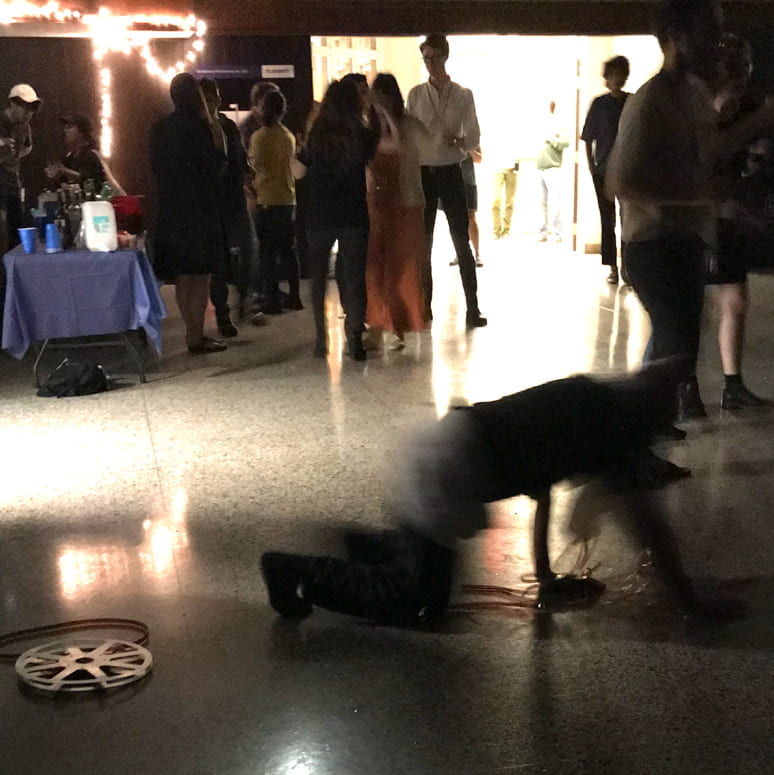by Shireen Hamza
I wasn’t really sure what the Flaherty seminar was, beyond a large group of people gathering to watch and discuss films, three times a day for seven days. I knew about the principle of non-predisposition, that I would be walking into each day’s three programs without knowing what I would be watching beforehand. But before arriving and speaking with some of the participants who had attended previous seminars, I did not know of the many significant changes that the organizers of Flaherty have made over the last few years. Though the seminar has a long history of being a place for international film, the organizers have of-late been choosing programmers who could uniquely center communities of artists whose work is marginalized in, and not widely accessible in, the US.
In 2018, the programmers were African American artists Kevin Jerome Everson & Greg de Cuir Jr., and next year’s programmer will be Professor Janaína Oliveira, a Brazilian scholar and programmer focused on Black filmmakers across Latin America. And organizers have responded to the call by Sky Hopinka and others to change the logo, which used to be an objectionable representation of an Inuit character from the eponymous Robert Flaherty’s famous film, Nanook of the North.
I had been so drawn to the description of this year’s seminar — Action! — and interested in what kind of films might be programmed by Shai Heredia, an organizer of India’s first experimental film festival, that I had not reflected on the broader shifts that this specific seminar was a part of at The Flaherty. Entering this art space, which centered artists from across Asia, I was also pleased to see that there were many attendees (and fellows, specifically) from Asia, and of various Asian diasporas, as well as artists and curators of other historically marginalized identities within the US. (more…)
